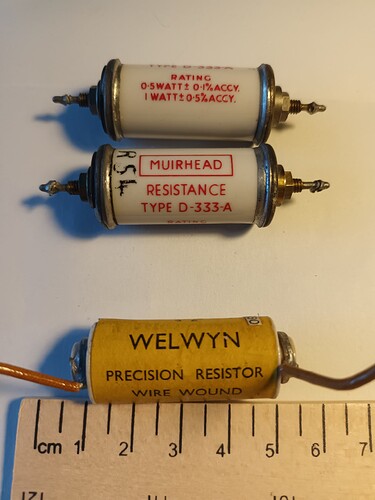Hi Andy,
I’ve seen a few diagrams on the internet where people suggest doing it this way. I ultimately came to the same conclusion that you appear to be coming to. I decided that it was just too much hassle & there was too much to go wrong.
That was something that I wondered about. I don’t know what the radiation pattern would look like but given that it is effectively a sloper, I suspect that would make it at least a little bit directional. Obviously this will be affected by the wind strength & will therefore change throughout the activation.
Unfortunately the angle of the sloping wire & the direction it points are two factors which are pretty much outside of our control unless you have a 4g signal & direct phone number for The Anemoi!!!
In practical terms, I don’t think it makes enough difference for me to be concerned about. As you said, the signal reports were good so I won’t worry about something I can’t control.
Either should work. I prefer the 49:1 because EFHW antennas don’t tend to be to fussy about having a counterpoise, whereas it’s a bit more critical on a 9:1.
AS an EFHW, this setup will obviously work on 20m & 10m. Make the wire longer (1/2 wave on 40m) & you should get 40m, 20m, 15m & 10m…might also get 17m with the tuner?
According to the manufacturer of the wire, it breaks at 60kg. I can’t remember what the manufacturers of the kite recommend, so don’t like the idea of not having the kite string as a backup.
I’ve since purchased some DX50 wire from DX Commander which (according to his website) has a breaking strength of 130kg. I’ve also purchased a bigger kite which has more pull but actually packs up smaller because it doesn’t have the rigid supports inside it. The manufacturers of that kite reckon around 100-110kg of pull, so I reckon the DX50 wire should be a good match.
I’ve test flown this locally but not on a SOTA summit (where the wind is likely to be much stronger).
I probably could get away without the kite string as a backup but if you saw my first video on this you will know that I’ve already lost 1 kite. I’m not sure that I want to rely on the wire to take the load without a failsafe!
Good luck, however you decide to do it.

